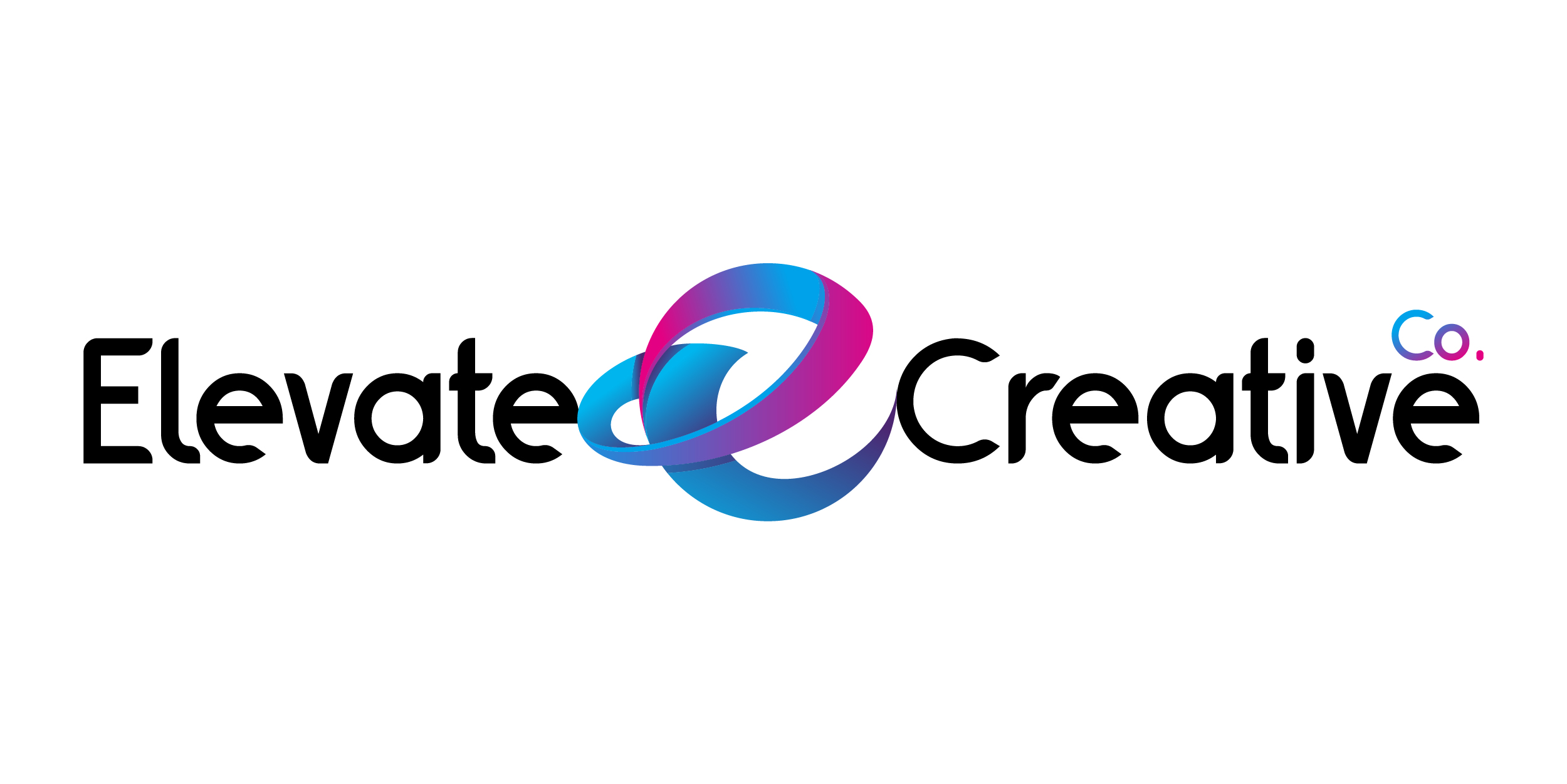Digital Marketing Basics
Outbound marketing can grow your business quickly. It combines a range of activities which involve finding and reaching out to prospects.
What is Outbound Marketing?
While most of our efforts are given to inbound marketing, it’s easy to overlook the essential role that outbound marketing still plays in a well-rounded marketing strategy. Outbound marketing remains a valuable strategy for initiating direct communication with potential customers. For business owners and entrepreneurs, understanding and using outbound effectively can mean the difference between standing out in a crowded marketplace and getting lost in the crowd.
What is Outbound Marketing?
Outbound marketing is any marketing strategy where a company initiates a conversation and sends its message out to an audience. This audience is usually broader and less targeted than with inbound marketing. Outbound efforts rely on interrupting the consumers day to bring attention to a product or service.
Interruption vs. Permission-Based Marketing
Outbound strategies are often referred to as interruptive marketing because they involve reaching out to prospects without their express consent, such as through a cold email, a call or through an ad. This stands in contrast to the permission based nature of inbound marketing, where customers seek out your content or engage with your brand voluntarily.
Even though it can be seen as an interruption, outbound still has its place, reminding us that not all value is found in the latest trends or technologies. It is effective at reaching a wider audience and is often the first point of contact that builds brand recognition and awareness. The first impression is what counts – not whether the marketing is inbound or outbound.
Benefits of Outbound Marketing
Despite the shift towards more inbound strategies, there are several benefits of outbound:
Targeted Approach
When you go to prospects rather than them coming to you, you’re in control of who your messages reach and how. You can ‘pre-qualify’ the prospect before you reach out, making sure they are a good fit for your product or service.
Immediate Results
Many inbound marketing methods take time to gather momentum, sometimes weeks or even months. When you need to fill your pipeline quickly, inbound may be unsuitable. With ads and outreach you can start bringing in traffic, leads and sales almost straight away.
Strategic Skills Development
Engaging in an outbound marketing strategy allows you to develop creative and strategic skills as a marketer. It teaches you how to craft messages that resonate – and you can test this with immediate results. This rapid learning curve can prove beneficial to anyone delivering a marketing campaign.
Types of Outbound Marketing
Direct Mail
Sending promotional materials to potential customers through the postal service. It’s a tangible tool that, when done well, can have a high response rate by leveraging personalisation and creativity. Some big brands are known to send what’s known as a WOW package to prospects. It’s a box filled with information about the company, a gift or two and tonnes of testimonials demonstrating results.
Telemarketing
When done ethically and to a well segmented list, telemarketing can still yield favourable results. The personal touch of a phone call can be critical for certain products and services. And when many transactions are completed digitally, the human interaction can make all the difference.
Online Ads
Posting advertisements to platforms such as Facebook, Instagram or Google to get in front of people who may benefit from your products and services. They can reach a wide audience and with the right targeting help you reach your lead generation and sales goals.
Trade Shows and Events
One of the more traditional marketing methods, participation in a trade show or event can put your business firmly in front of potential clients. It provides a platform for immediate interaction and relationship building.
Creating an Outbound Marketing Strategy
An effective outbound marketing strategy begins with a clear understanding of your business goals and your target audience. It also requires a thoughtful approach to the messaging and channels you use to reach potential customers.
Understand Your Customer
Who do you want to target, why and how can you help them? Answer these three questions and it will keep your outbound prospecting list streamlined and more effective. Knowing the people you want to target will make your messaging more impactful.
Craft a Compelling Message
Remember what we said about first impressions? If you are reaching out cold, make sure your message is clear, concise and compelling. Lead with value and address the needs, wants and pain points of your audience. Include a clear call to action that naturally leads them to the next step.
Start a Conversation
Approach the first interaction as you would if you met the person face to face. Be a trusted guide, give value and introduce them to your free resources.
Outbound marketing is still relevant. It’s a valuable piece in the complex puzzle that is digital marketing. It offers unique benefits and a way to stand out. While it may not be the focal point of your marketing strategy, it still deserves a seat at the table.
Author Bio
Lotan is an experienced marketer, social media strategist and content creator, with a strong agency background and expertise working with leading brands on successful online campaigns.
